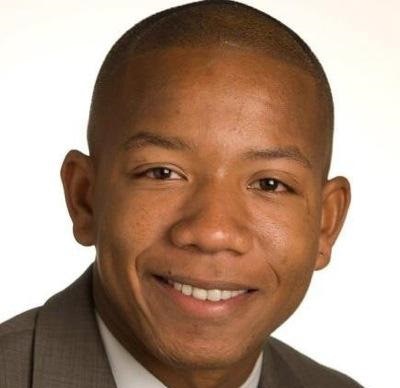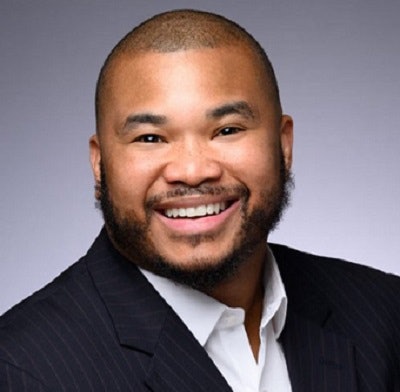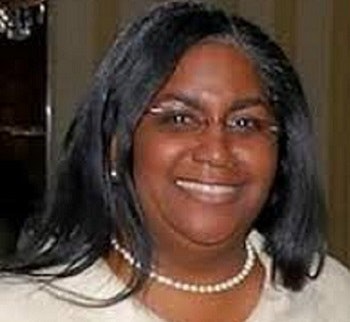Conversations surrounding the state of higher education are increasingly becoming the foci of not only the media and government officials, but also boards of directors.
Institutions are more frequently found on the brink of merging, closing or affiliating with other institutions. Others find themselves in the middle of presidential transition, where presidents — for one reason or another — have been asked to resign from their respective institutions.
 Dr. Edward Summers
Dr. Edward SummersMany issues stem from an industry that has grown beyond its means. Moreover, this growth needs to be managed effectively, and some would argue the brink is not just about a contracting market, but rather leadership challenges within the sector.
Over the past seven months, more than 20 college and university presidents have resigned from their positions. Many of these resignations were sudden, with the incumbent vacating the position within a short time frame following the announcement. While many institutions cite the reasoning behind presidential departures as a personnel matter, the media and others have attempted to dig into these matters.
What we’ve found are four overwhelming reasons why institutions have had presidential transitions that continue to place institutions on the brink. Below are our suspected reasoning of these presidential transitions:
• Inability to effectively manage the institution.
• Poor financial decisions.
• Lack of connectivity to key constituents (students, faculty, staff and alumni).
 Dr. Adriel A. Hilton
Dr. Adriel A. Hilton• Response to critical issues impacting the institution, including but not limited to racial tensions on campus.
In the end, staying off the brink is directly correlated to presidential leadership. How do leaders lead, and what goes into their decision-making processes?
These recent 20-plus cases of presidential transition are just the start of what we need to focus on as we strategically explore the future of higher education. Key is: What does it take to lead an institution of higher learning in the 21st and 22nd centuries?
What must institutions and leaders consider as they approach leadership? Based on our findings, here is a short list of items institutions and leaders should consider to stay off the brink:
• Diversity in experience, thought, educational background, race and ethnicity are all critical to effective leadership. The American Council on Education conducts surveys on the diversity of presidential leaders, and they remain non-diverse. The leadership of many institutions remains predominantly White, male and heterosexual.
 Dr. Lessie Branch
Dr. Lessie Branch• Hire a leader who understands the finances of higher education. Higher education finances are complex, and institutions have chief financial officers who handle the institution’s finances. However, a president who not only understands the budgeting process, but also the 990, can read the balance sheets with the understanding that an institution’s investment strategy can potentially yield positive results for the college or university.
• A leader needs to understand the history of the institution and how previous presidents have related and connected with various constituents. Relationships and context matter to the life and spirit of an institution. A president’s engagement strategy is vital to being a leader.
• Leaders must be innovative and think outside the box to ensure they are effectively managing an institution and focusing on implementing strategies that will advance the institution.
• Fundraising is critical to supporting the growth of the university’s endowment and special institutional initiatives. Presidents need to prioritize fundraising while also ensuring there are strong institutional relations with all constituents.
• Vision and internal management are vital to keeping a pulse on what happens on a day-to-day basis at the institution. Leaders need to be engaged and connected to what occurs at the institution – managing with a purpose, not just micromanaging.
• Engaging the community and challenging all to take part in collective solutions can assist in avoiding being on the brink. Presidents should develop a strategy focused on engaging the collective action of the community.
The selection of a president is a crucial investment in an institution and its future. It is critical for institutions to be open and thoughtful about the selection. Moreover, institutions should consider taking risks and not just selecting an individual who looks like most of American higher education presidents.
Institutions must be bold, creative and think outside the box in pursuit of a leader who has the necessary experience to stay off the brink.
Dr. Edward Summers is assistant professor of public administration at Long Island University – Brooklyn and executive director of The Bronx Private Industry Council Powered by Here to Here.
Dr. Adriel A. Hilton is dean of students and diversity officer at Seton Hill University.
Dr. Lessie Branch is associate dean of the School for Business at Metropolitan College of New York and Senior Fellow at the Du Bois Bunche Center for Public Policy.

















